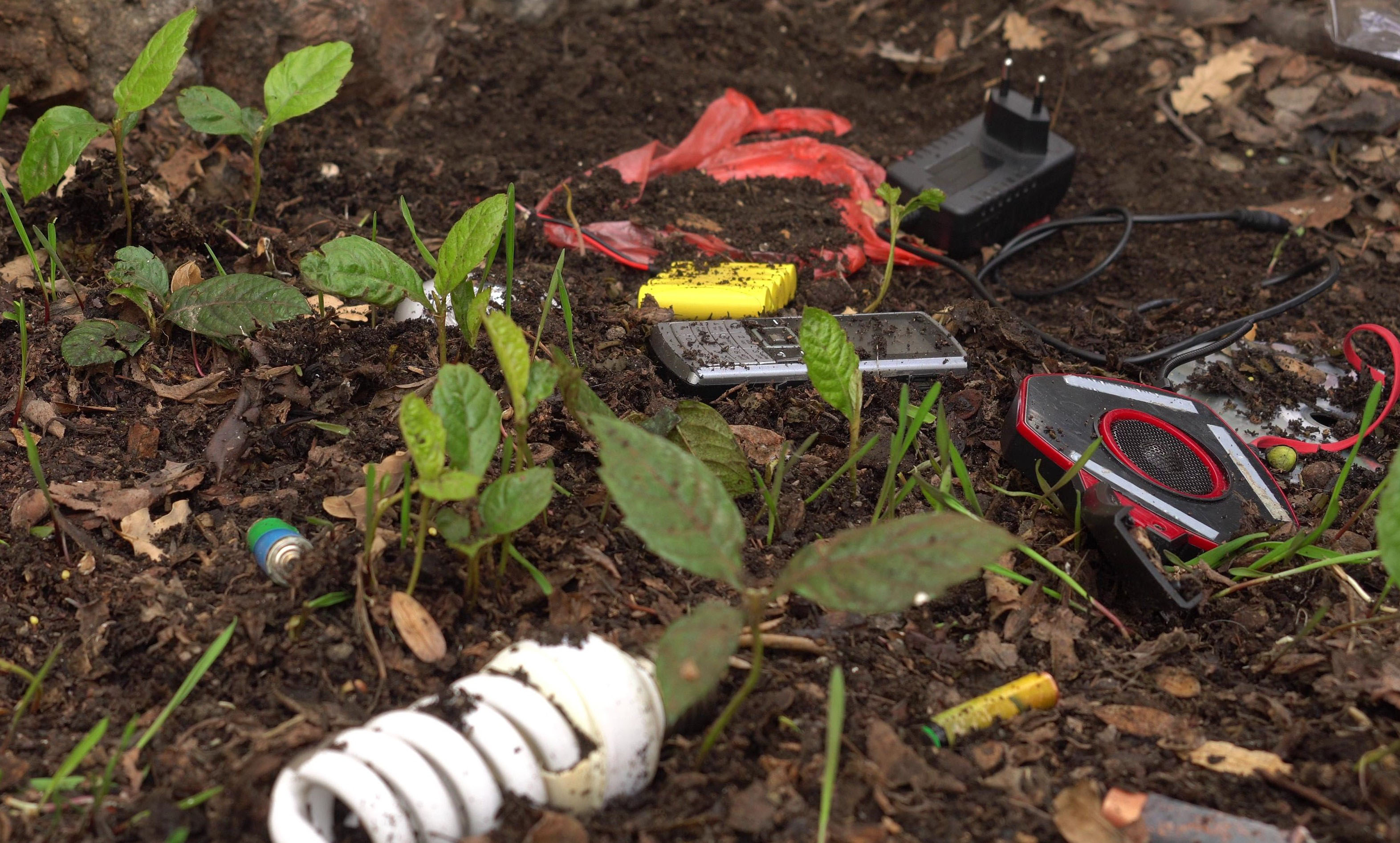Humans continue to be increasingly reliant on electronic equipment, such as mobile phones and computers, both at work and in our private life. This technology has revolutionised our lives, but it has also created a huge global problem: electronic waste (or e-waste). In this article, you can read more about e-waste and its impact on our environment and human health, and why it is important that we reduce, reuse or recycle electronic devices, both to preserve valuable resources and to succeed with the global green transition.
Read more: Manage your mobile devices lifecycle from enrolment to recycling
What is electronic waste?
Electronic waste is one of the fastest growing and most complex waste streams. The term "e-waste" encompasses a wide range of electronic devices, such as computers, laptops, tablets, mobile phones, televisions, printers, cameras, and various other electronics.
In recent years, the growth of e-waste has gained attention worldwide. Statistics reveal that over 5 billion mobile phones were classified as e-waste in the previous year. It is also estimated that in Europe, approximately 700 million electronic devices are dormant in people's homes, awaiting disposal or recycling. In fact, a survey conducted in Europe revealed that households hoard an average of 74 electronic products, with 13 of them being unused or broken.
Recycling rates of e-waste globally are low. Even in the EU, which leads the world in e-waste recycling, just 35% of e-waste is officially reported as properly collected and recycled. On a global scale, the generation of e-waste surpasses 50 million tons annually. Shockingly, only 17–20% of this vast amount is being reused or recycled properly. The remaining majority is often incinerated, dumped in landfills, or exported to developing countries, leading to severe environmental pollution and health hazards.
70 % of the heavy metals found in landfills originate from e-waste
E-waste might seem harmless when we dispose of it, but the reality is far from it. When electronic devices end up in landfills, instead of being reused or recycled properly, they can release toxic chemicals. These chemicals have a devastating impact on our environment, by contaminating the soil, water, and air, which in turn leads to severe problems for both humans and wildlife.
It’s estimated that around 70 % of the heavy metals found in landfills originate from e-waste. For humans, these toxic substances can cause serious health problems, including reproductive and neurological disorders, cardiac problems, and cancer. It can also cause respiratory illnesses, severe skin irritation, and chronic headache.
It is also known that around 80 % of e-waste is generated in developing countries, with much of it exported from developed countries; up to 90 % of the e-waste from those countries is sent to developing ones.
How can we reduce e-waste and why is it important to contribute?
Governments, businesses and humans must realise that e-waste is a serious problem. By taking more responsibility to reduce e-waste, such as encouraging the design of more sustainable products, providing repair services, and providing incentives for consumers to recycle, we can make a big difference together.
The Environmental Protection Agency (EPA) has implemented several regulatory measures to manage e-waste responsibly. Also, governments can provide incentives for businesses to invest in e-waste recycling and recovery, such as tax breaks and grants. Here, businesses can benefit from partnering with e-waste recycling and recovery companies to create value from materials that would otherwise be discarded.
Another action to reduce e-waste is to find a company or organisation that can bring new life to, for example, mobile phones or laptops in someone else's possession. This contributes to a circular economy, which is an important step in creating a more sustainable digital future.
It is also important to know – if you are going to dispose of e-waste, make sure you find a reliable recycling center. Research local e-waste recycling options, as not all recyclers accept all types of e-waste. This allows the important substances in all electronic devices to be recovered and reused, which in turn allows us to save our planet's resources.
Green transition: reduce, reuse or recycle
Mobile phones contain at least 30 different naturally-occurring elements, and natural sources of six of these are set to run out within the next 100 years, with several more under rising threat. These are resources that we depend upon to succeed with the global green transition. Understanding the nature of e-waste and implementing proper recycling and disposal methods is crucial for sustainable development.
The future of our planet and its inhabitants rely on us taking action today. Join the global effort to reduce e-waste and protect our planet. By taking steps to reduce and recycle our e-waste, we can help protect the environment and human health, and create a future that really is more sustainable.
Sources:
From waste to jobs: Decent work challenges and opportunities in the management of e-waste in Nigeria, International Labour Office, Sectoral Policies Department (Geneva), ILO, 2019. Link.
Forti V., Baldé C.P., Kuehr R. (2018). E-waste Statistics: Guidelines on Classifications, Reporting and Indicators, second edition. United Nations University, ViE – SCYCLE, Bonn, Germany. Link.


/TCO%20calculate3.jpg)
/TCO%20managers2.jpg)
